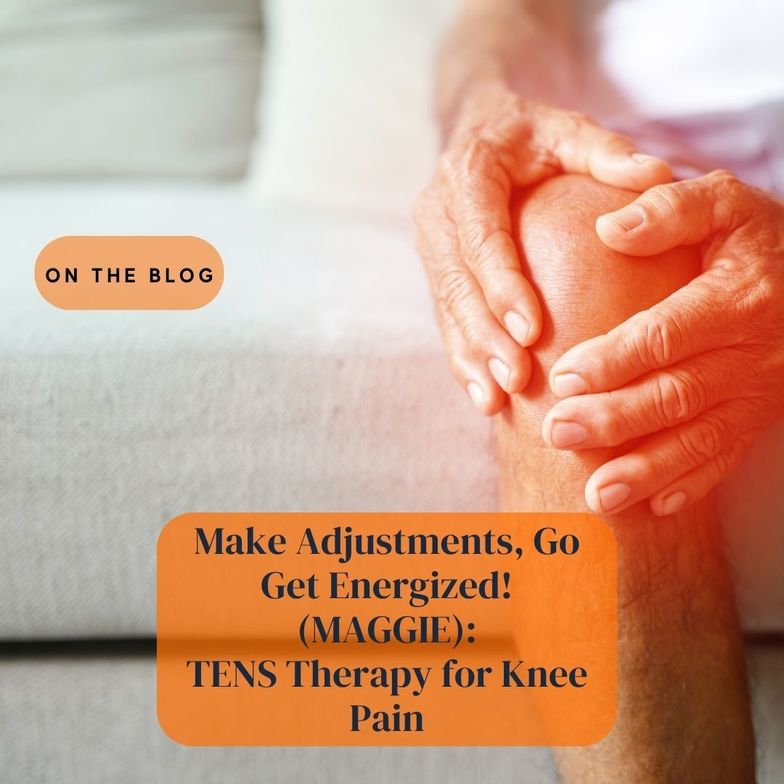
Make Adjustments, Go Get Energized! (MAGGIE): TENS Therapy for Knee Pain For those who remember the How I Met Your Mother episode—cheers. For the rest of us, let’s talk about a tool I use pretty regularly in the clinic: TENS, or Transcutaneous Electrical Nerve Stimulation. It’s basically a fancy way of saying, “Let’s see what happens when I gently shock myself to feel better.”
What Is TENS and Why Do We Use It?
TENS is the application of low-level electrical stimulation over areas of pain. It’s a simple, safe, and surprisingly effective way to modulate pain—especially in areas like the knee. While some folks swear by using it for low back pain, I’ve found that over-the-counter TENS units don’t quite pack the punch needed for those deeper tissues. But for knees? TENS hits the sweet spot. Knee pain often creates a cascade of discomfort—nothing feels good, and patients hesitate to move. That hesitancy turns into weakness, stiffness, and more pain. TENS interrupts that cycle. It doesn’t “fix” the knee, but it creates space—space to move, space to load the joint, and space to finally make some progress.
How Does It Work?
Here’s the nerdy (but fun) part: TENS works by interfering with your neural map—the way your brain allocates “attention” to different parts of your body. In someone with chronic pain, the painful area takes up way more brain real estate than it should. Your knee becomes the loudest voice in the room, constantly yelling “PAIN!” What TENS does is sneak in a pirate signal—a kind of electrical static that confuses or redirects those pain signals. By changing how your brain perceives the area, it lets you reclaim some movement and strength without your knee screaming in protest.
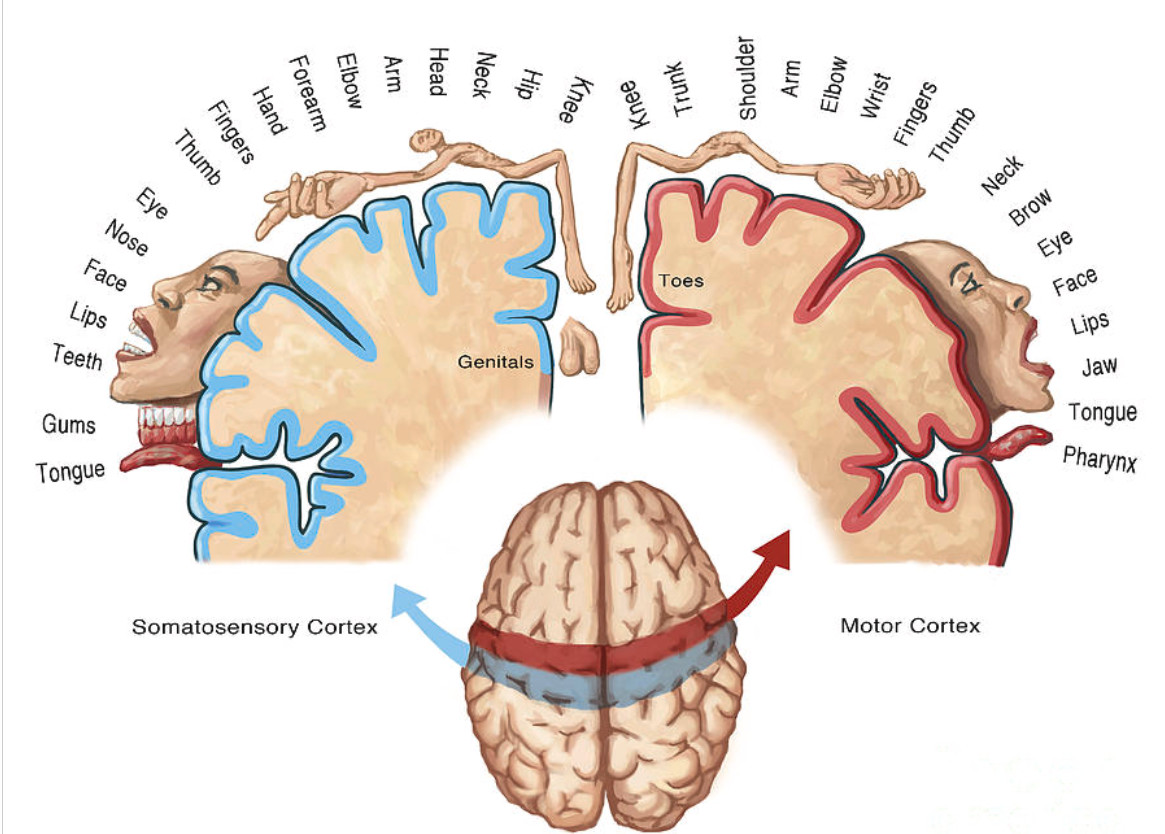
My Go-To TENS Setup for Knee Pain
I typically use a 4-pad setup on the quadriceps—two pads just above the knee and two a little higher up on the thigh. This targets the whole chain involved in knee motion.
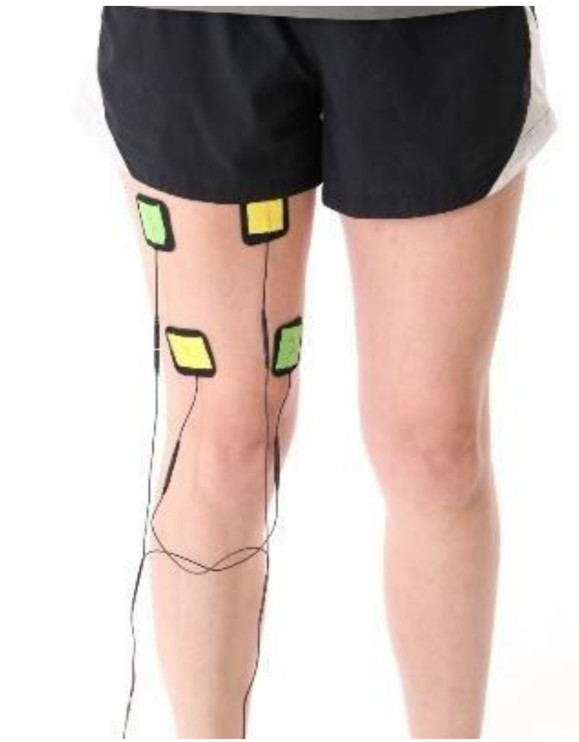
Then I crank up the stimulation until it feels strong but comfortable—like a solid vibration, not a muscle twitch.
Once it’s going, I guide patients through some light strengthening and mobility work, such as:
Supine straight leg raises

Glute bridges
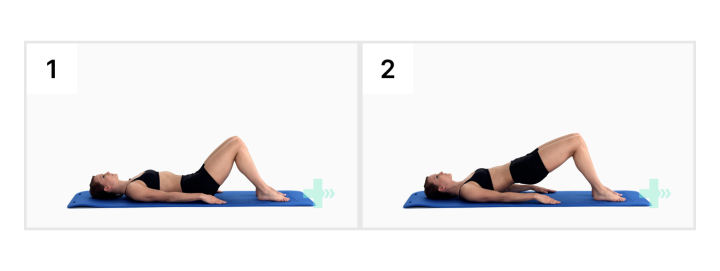
Heel slides
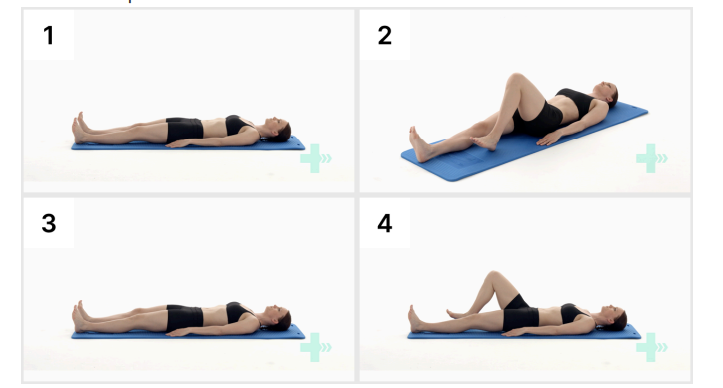
Eccentric step-downs from a low step (use upper body support)
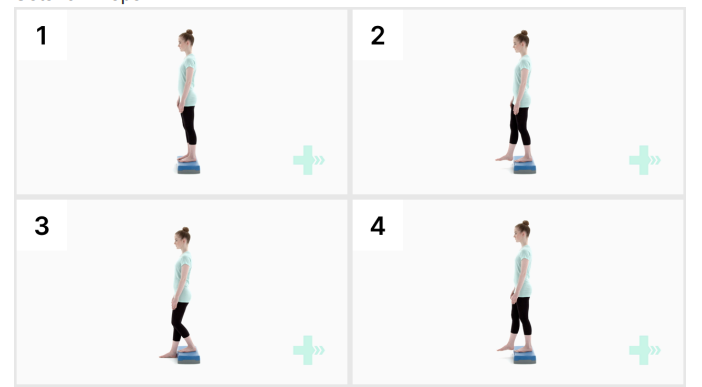
The results? Patients who couldn’t do a single one of these exercises when they walked in are often able to complete them without pain once TENS is applied. That’s the game-changer.
I have included a PDF of a sample home exercise program I use with my pateints - if you wanted to try these at home.
Want to Try It at Home?
Once I see good results in the clinic, I usually recommend patients get their own home TENS unit. It’s a low-cost, high-reward tool that helps them maintain momentum between sessions. I recommend this one:
Waystone Health is a participant in the Amazon Services LLC Associates Program. If you purchase through this link, we may earn a small commission at no additional cost to you. These funds help support educational content like this.
Final Thoughts
If you're struggling with knee pain that’s keeping you from moving, TENS can be a powerful tool to jumpstart your recovery. It’s not a magic fix—but it does create a window of opportunity to move, build strength, and reduce your pain, sometimes by up to 80% with this intervention alone. Give it a try, and as always—if you’re unsure or want help getting started, we’re here for you.
This blog is intended for educational purposes only and does not constitute medical advice. Always consult your physical therapist or healthcare provider before starting a new treatment.
Waystone Health Physical Therapy Helping you move better, feel better, and get back to what matters most.

Alejandro Gonzalez
Contact Me
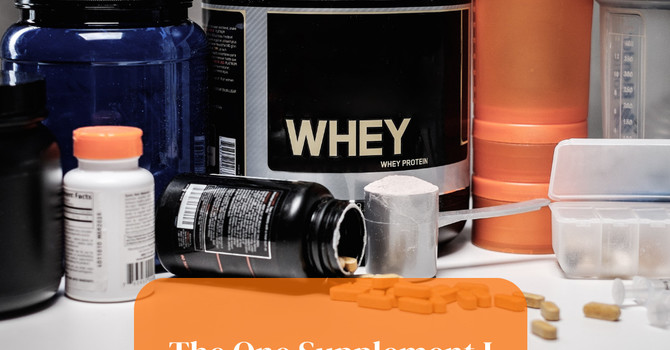

.jpg)
